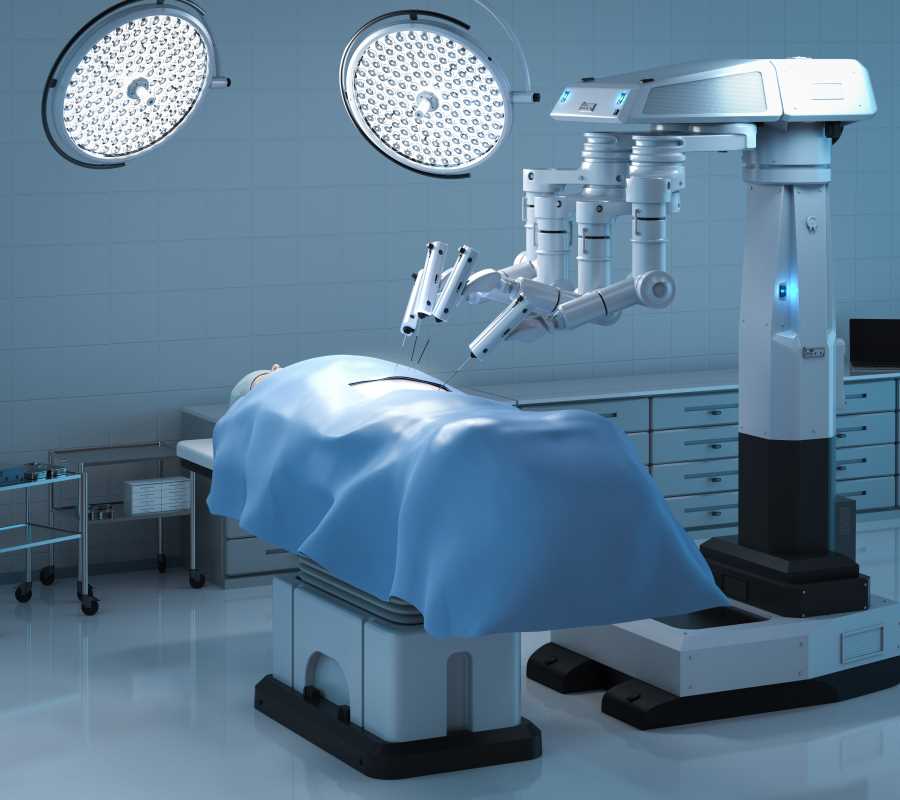Rare conditions often present unique challenges for doctors and patients alike. Diagnosing these diseases can take years, leaving patients without the answers or treatment they need. Artificial intelligence (AI) holds the promise of changing this story. By analyzing massive amounts of medical data, AI-driven tools can identify patterns that might otherwise go unnoticed. These advancements are not only speeding up the diagnostic process but also making healthcare more accessible to people around the world. We’ll talk about the role of AI in transforming rare disease diagnostics, highlighting the technologies and methods currently driving this breakthrough.
Diagnosing Rare Conditions Can Be Challenging
Rare diseases, by definition, affect fewer than 200,000 people in the United States. Their rarity makes them poorly understood and often overlooked during medical training. Some rare conditions mimic common illnesses, complicating the diagnostic process further. Patients frequently bounce between specialists, undergoing numerous tests before receiving a correct diagnosis.
A doctor, no matter how experienced, cannot quickly sift through every possible symptom, genetic mutation, or case study in a limited consultation window. This gap is where AI steps in to support human expertise. With the ability to process enormous datasets at rapid speeds, AI tools bring clarity to a process often clouded by complexity.
Ways AI Enhances Diagnostic Accuracy
AI-powered algorithms excel at analyzing patterns and pinpointing anomalies. These systems comb through immense volumes of data, including medical records, genetic information, and clinical research, to detect the underlying causes of symptoms. Doctors can then use these insights to guide their diagnostics, making sure they don’t overlook rare but possible conditions.
Deep Learning for Image Analysis
AI-driven image recognition has become one of the most impactful tools in healthcare diagnostics. Systems like Zebra Medical Vision and PathAI use algorithms trained to recognize specific signs of disease in medical images like MRIs, X-rays, or CT scans. For rare conditions affecting organs or tissues, these tools identify abnormalities that the human eye might miss.
Take Fabry disease as an example, a genetic disorder that damages various organs, including the heart and kidneys. AI tools trained on patient imaging data can detect signs of this disease earlier than traditional methods, flagging it for further testing or specialist review.
Genetic Analysis with AI
Many rare conditions, such as cystic fibrosis or Huntington’s disease, are rooted in genetic mutations. Sequencing a person’s DNA can reveal these mutations, but the task of analyzing and interpreting genetic data is immense. AI tools like Google DeepVariant and IBM Watson Health streamline this process by rapidly analyzing DNA sequences and flagging mutations.
Using AI in genetic analysis reduces interpretation errors and can identify disease links more quickly than human researchers can. A patient presenting with unexplained symptoms might have their complete genome scanned, with AI highlighting mutations most relevant to their case.
Tools Leading the Way in AI-Assisted Diagnostics
The growing arsenal of AI diagnostic tools is addressing rare diseases more effectively than traditional methods alone. These tools improve detection, streamline research, and provide actionable insights for treatment.
1. Ada Health
Ada is an AI-powered app designed to support patients and physicians in identifying the root cause of symptoms. Users input their symptoms, and the platform uses a large medical database to predict potential conditions, including rare ones.
Ada bridges the gap for patients who lack immediate access to specialists. A user experiencing neurological symptoms might be guided to consider a rare condition like Guillain-Barré syndrome earlier than they otherwise would.
2. PandaOmics by Insilico Medicine
PandaOmics integrates AI to identify drug targets and biomarkers associated with rare diseases. By examining genetic data alongside biological pathways, the platform uncovers new insights into how diseases develop.
For rare conditions lacking effective treatments, this tool accelerates research into promising therapies or interventions. PandaOmics has been instrumental in identifying genetic markers for diseases like amyotrophic lateral sclerosis (ALS).
3. 3Scan
3Scan is revolutionizing pathology through advanced imaging systems that combine AI with physical tissue analysis. Their tools create detailed 3D models of biopsies and scan for microscopic signs of disease.
Physicians diagnosing rare cancers, such as sarcomas, benefit immensely. AI-led imaging avoids no abnormality escaping detection, leading to faster and more accurate biopsies.
4. Face2Gene
Face2Gene is designed to address genetic syndromes detectable through facial features, such as Noonan syndrome or Cornelia de Lange syndrome. Its AI platform analyzes photos to spot physical markers associated with these conditions.
This app supports pediatric geneticists by providing a more focused approach to identifying syndromes that often present ambiguously. Earlier identification aids intervention during growth periods.
5. DeepGestalt
DeepGestalt uses AI to scan for phenotypic (physical) abnormalities associated with a wide range of rare genetic disorders. The platform integrates seamlessly with genetic testing labs, providing comprehensive reports for doctors.
Conditions like Angelman syndrome, which share overlapping symptoms with other disorders, are easier to diagnose when platforms like DeepGestalt provide clear, data-backed analyses.
Personalizing Treatment with AI Insights
The value of AI doesn’t end with diagnosis. After pinpointing a rare condition, AI tools provide insights that help personalize treatment. By analyzing data from similar cases worldwide, AI-driven platforms recommend therapies, lifestyle modifications, or clinical trial opportunities tailored to the patient.
An AI system might recommend a new medication for treating Gaucher's disease based on how well patients with similar genetic profiles responded to the drug. These tailored suggestions make sure the patient receives the best possible care as quickly as possible.
Addressing Barriers to AI Integration
The path forward for AI in diagnostics is not without challenges. High costs, privacy concerns, and a lack of mandatory standards for medical AI devices pose hurdles to widespread adoption. Healthcare networks need consistent training and education to integrate these tools effectively into day-to-day practice.
Governments, tech companies, and hospitals are working collaboratively to resolve these issues while keeping patients’ needs at the forefront. By making AI solutions scalable, affordable, and secure, the medical world can bring these technologies to underserved communities as well.
 (Image via
(Image via





